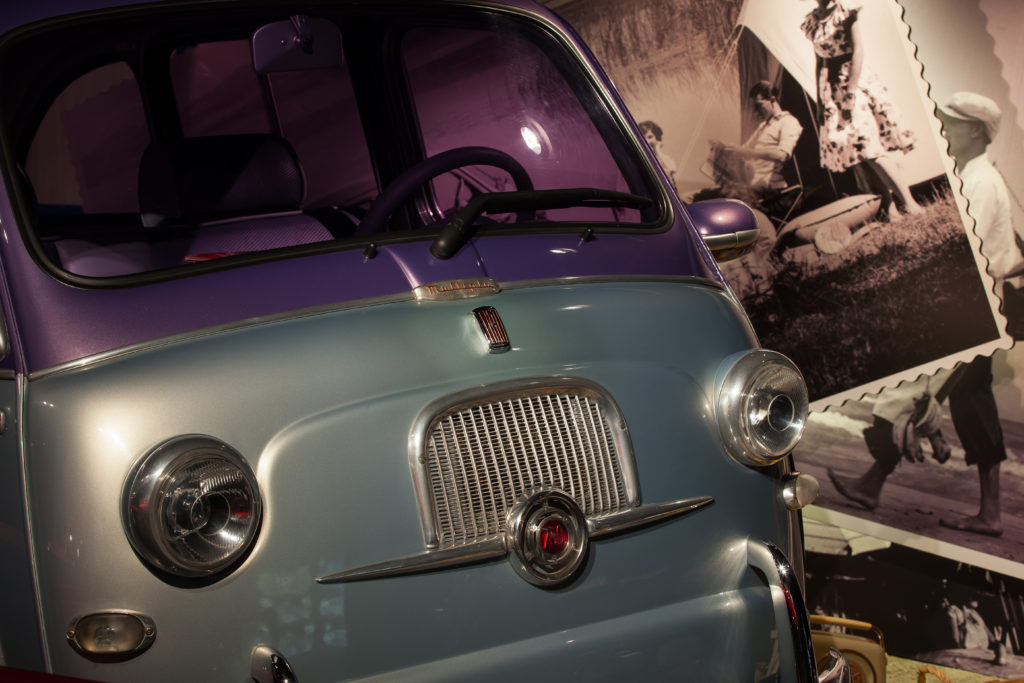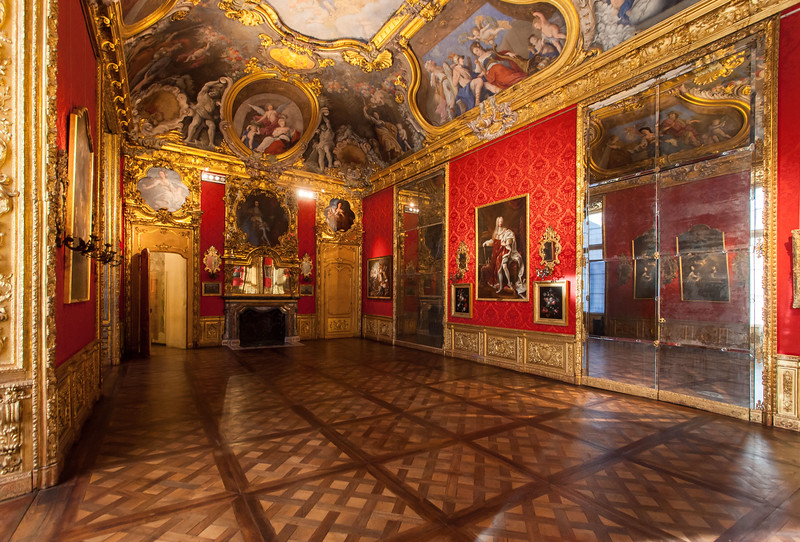In the 1st century BC, probably 28 BC, the Romans created a military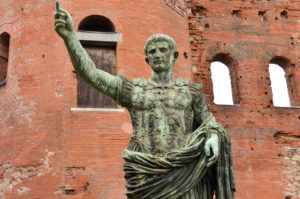 camp Castra Taurinorum later dedicated to Emperor Augusto Augusta Taurinorum. The typical Roman street grid can still be seen in the modern city, especially in the neighbourhood known as the Quadrilatero Romano. Via Garibaldi traces the exact path of the Roman city’s decumanus which began at the Porta Decumani, later incorporated into the Castello or Palazzo Madama. The Porta Palatina, on the north side of the current city centre, is still preserved in a park near the Cathedral.
camp Castra Taurinorum later dedicated to Emperor Augusto Augusta Taurinorum. The typical Roman street grid can still be seen in the modern city, especially in the neighbourhood known as the Quadrilatero Romano. Via Garibaldi traces the exact path of the Roman city’s decumanus which began at the Porta Decumani, later incorporated into the Castello or Palazzo Madama. The Porta Palatina, on the north side of the current city centre, is still preserved in a park near the Cathedral.
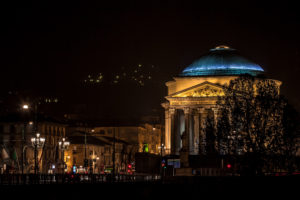 The city discovered new suggestions during the 19th and 20th centuries. The piazza Vittorio Veneto, Europe’s largest portico area was built along the riverbanks of the Po.
The city discovered new suggestions during the 19th and 20th centuries. The piazza Vittorio Veneto, Europe’s largest portico area was built along the riverbanks of the Po.
On the other side of the river, was built the Basilica della Gran Madre di Dio, the neo classic temple inspired by the Pantheon in Rome.
Alessandro Antonelli erected the building destined to become the symbol of the city the Mole Antonelliana in typical Art Nouveau style .
The Mole was built between 1863 and 1889 , standing proudly at 167.5 metres high, it is now the home of the Museo Nazionale del Cinema (National Museum of Cinema).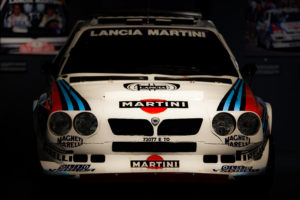
During the 1920’s and 30’s was built the central via Roma as well as the Lingotto FIAT car factory, designed in a new particular style, Rationalist.
The factory is now one of Italy’s main multifunctional centres thanks to Renzo Piano’s renovation. The Galleria d’Arte Moderna (Modern Art Gallery) came along in the 1960’s along with the Museo dell’Automobile (Automobile Museum).
The architectonic heritage supported by a rich system of museums: centuries passed under the reign of the Maison de Savoie have endowed the land with unique collections and masterpieces.
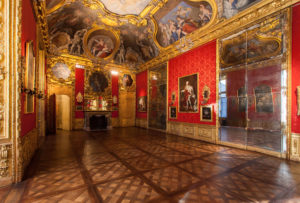 The Egyptian Museum of Torino, which has recently been renovated, is the second most important Egyptian museum in the world after the Cairo Museum.
The Egyptian Museum of Torino, which has recently been renovated, is the second most important Egyptian museum in the world after the Cairo Museum.
If one of the pride and joys of the region is its history, the same can be said of its contemporary heritage. Turin has a highly active network of private galleries, the Civic Gallery of Modern and Contemporary Art, the GAM, the Fondazione Merz. Rivoli Castle is home to the Museum of Contemporary Art.
Turin has transformed the building that is the symbol of the city, the Mole Antonelliana, into the unique National Cinema Museum, one of a kind in the world. The cultural offering in Piedmont also includes artistic cultural events ranging from music – classical, contemporary and avant-garde music, jazz and ethnic sounds, as well as the prolific electronic music scene – to theatre, ballet and cinema.
Many festivals take place at locations of exceptional architectural or natural beauty, like historic piazzas and courtyards, abbeys and churches, castles, fortresses or the parks and grounds of stately homes.
Piedmont hosts highly popular, internationally famous events, like Artissima, the Triennale, the International Book Fair, the Torino Film Festival and the Alba International Film Festival.
